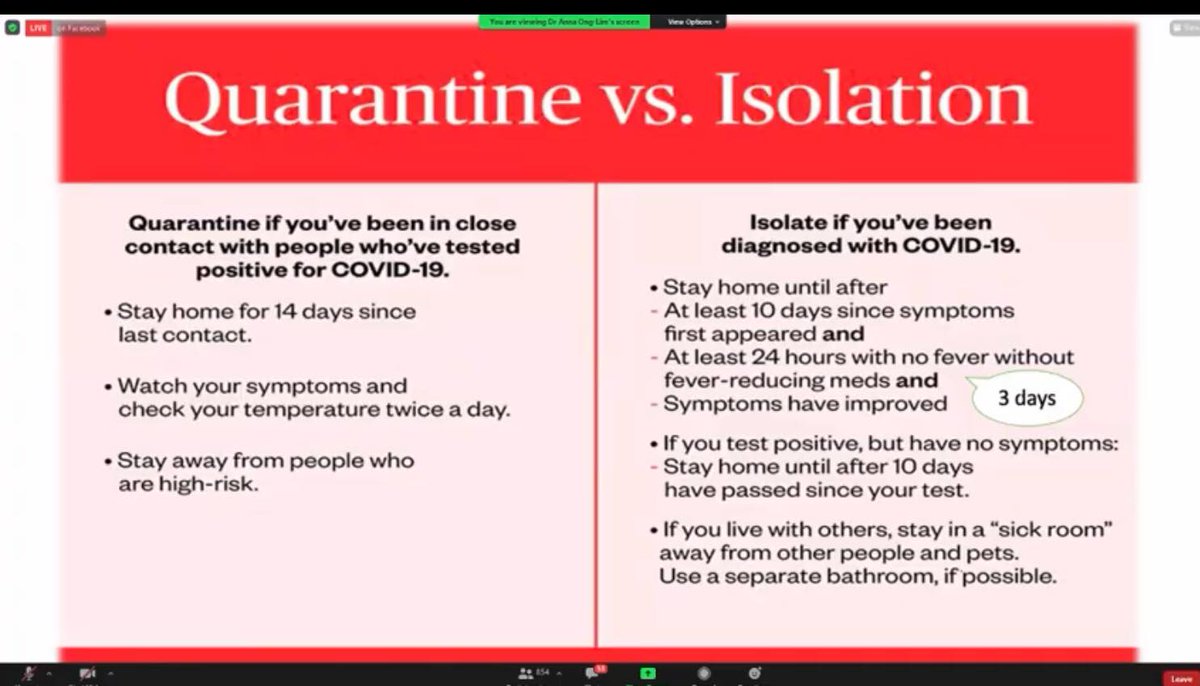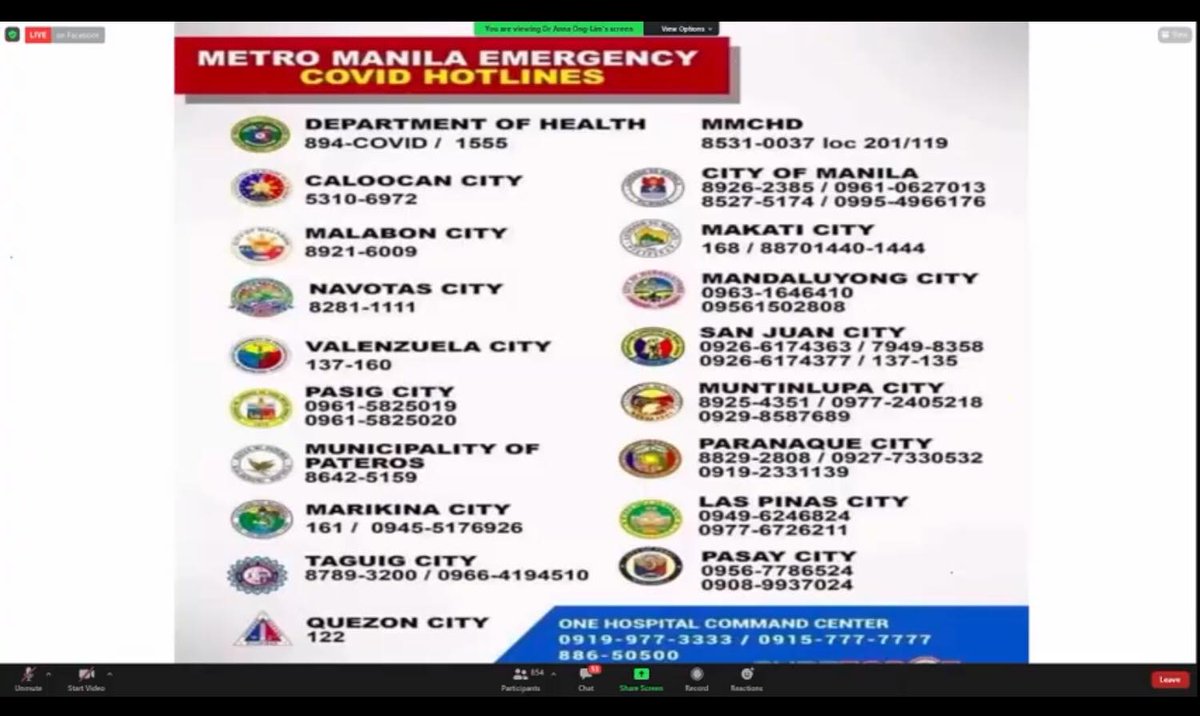THREAD: The Santuario de San Antonio Parish holds a webinar “What to do when COVID hits home: Solutions for the current surge," with Dr. Anna Lisa Ong-Lim as the guest speaker. | https://bit.ly/3290A4R
Tweets">https://bit.ly/3290A4R&q... by our digital producer @bamba__g
Tweets">https://bit.ly/3290A4R&q... by our digital producer @bamba__g
Dr. Anna Lisa Ong-Lim cites data from the World Health Organization that said there have been more than 132 million confirmed COVID-19 cases, and more than 2.8 million deaths globally as of April 8.
Ong-Lim: In the course of the past two weeks, the number (of total cases) have increased exponentially and now we are looking at 828,000 (as of Apirl 8)
Ong-Lim on more than 14,000 deaths in the PH: For a country with very meager resources and low critical care capacity, I would say this is a respectable number, but this is not something we can allow to continue. We need to find better solutions.
Ong-Lim says based on the current trend of COVID-19 cases, it might not be surprising that we reach a million infections soon.
Ong-Lim: Because healthcare capacity is extremely challenged and because majority of cases are expected to be mild, home care needs to be an option for our family members or people we now who are suspected to have COVID-19.
Ong-Lim: The decisions as to whether one should be cared or at homes depends on three factors: clinical evaluation of COVID-19 patients, evaluation of home setting, and ability to monitor the clinical evolution of a person with COVID-19
Ong-Lim says based on WHO-guidelines, COVID-19 patients who are asymptomatic, or those with mild or moderate disease without risk factors for poor outcomes could be suitable for home isolation and care.
Here& #39;s the difference between quarantine and isolation.
For home care, Ong-Lim says there should a separate room with good air flow and a separate bathroom for the patient. Door should be also kept closed and a good delivery system without much contact between the isolated individual and other people in the household.
Ong-Lim emphasizes that there should be dedicated linen and eating utensils for the patient and these should be cleaned with soap and water after use. Waste generated at home while caring for the patient should be packed in strong bags and closed completely before disposal.
Ong-Lim: It’s important to ensure that the patient can be adequately monitored at the home. This requires a reliable caregiver. This cannot be anybody that has a risk factor.
Ong-Lim says monitoring is key to immediately pick up worsening of symptoms at the earliest possible time
Ong-Lim: The individual should be improving over the course of the period because if not they may be progressing to either severe or critical illness which then requires hospital care.
Ong-Lim on testing positive after getting vaccinated: If you test positive after you get vaccinated, that can only mean that you were exposed prior to getting vaccinated.
Ong-Lim explains that long-haul COVID is when a patient is still symptomatic after 21 days of getting infected.
Ong-Lim: Regulatory bodies are saying let’s try to see whether solid evidence can come in to support its use. Until that time the you don’t want to recommend their use for now.
Ong-Lim: We have fear and frustration that we are trying to address by putting faith into something that people say works. Ang problema, tama ba na magkaroon tayo ng faith sa bagay na ito eh sinasabi na hindi pa pulido ang evidence
Ong-Lim: Dapat hantayain natin na magkaroon ng mas magandang evidence bagon atin pagkatiwalaan. https://bit.ly/3s8tIE5 ">https://bit.ly/3s8tIE5&q...
Ong-Lim: You will never know when you are going to be infected. With the number of cases now, its very likely that you are meeting people who are positive without you knowing it. This is the perfect time to be vaccinated.
Ong-Lim says only those that will exhibit severe allergy after receiving the first dose may not receive the COVID-19 vaccine.
Ong-Lim says fully recovered COVID-19 patients may receive their vaccine.

 Read on Twitter
Read on Twitter






